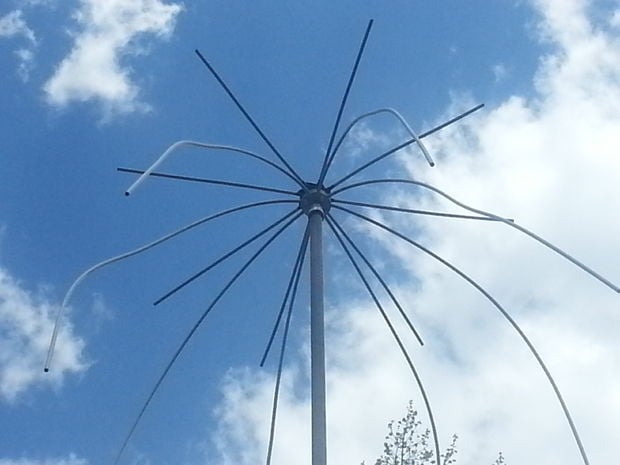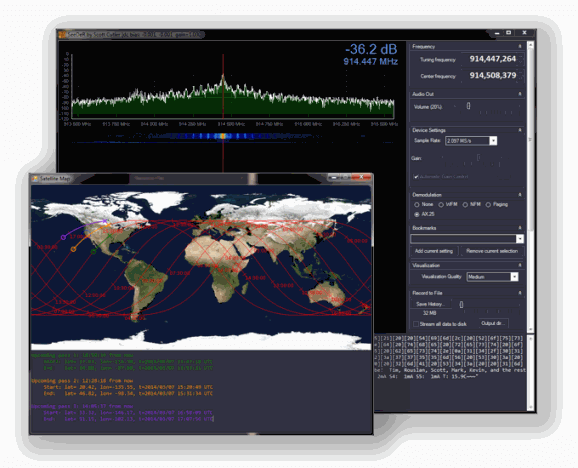New Ebook: The Hobbyists Guide to RTL-SDR
We at RTL-SDR.com have just released an Ebook for Kindle titled “The Hobbyists Guide to RTL-SDR: Really Cheap Software Defined Radio”. For the first few days we are selling it at a reduced price of $4.99USD (half price). If you are an Amazon Prime member you should also be able to lend it from the Kindle library for free. If you’re unsatisfied with the book remember that you can always refund it within 7 days of purchase.
The book covers many of the tips and tutorials found in this blog in a more in depth manner as well as containing many more new tutorials and RTL-SDR related information. Check out the table of contents in the sample for an idea of what the book contains. The content is mainly intended for people new to the RTL-SDR.
Remember that you don’t need a Kindle device to read Kindle books! There are readers available for Windows, Mac, Web Browsers, Android and iOS as well.
If you enjoy our book please remember to leave a review on the Amazon page.


